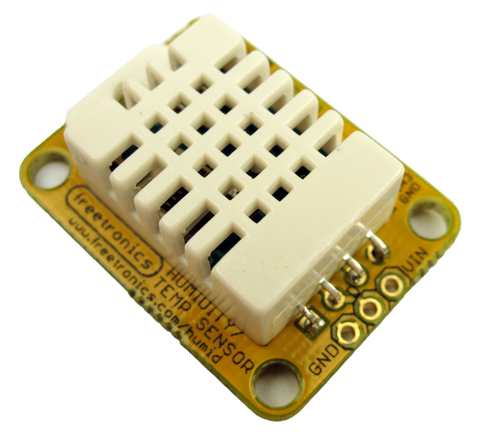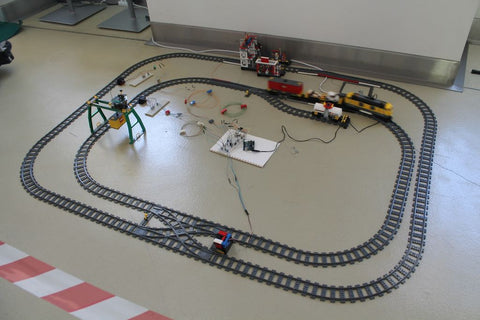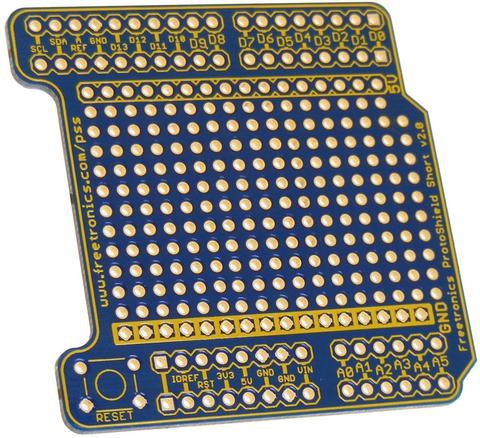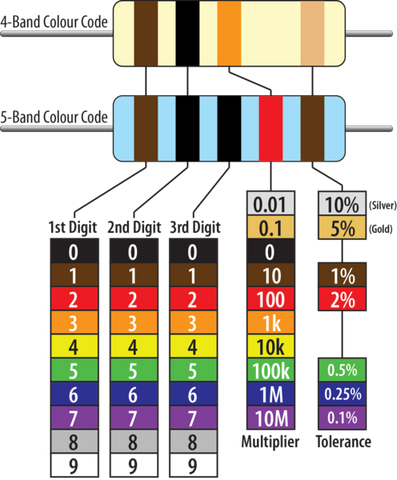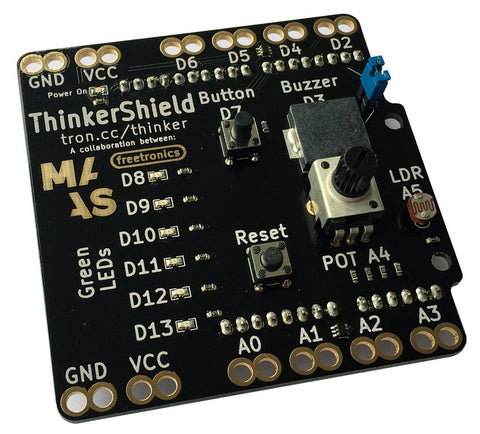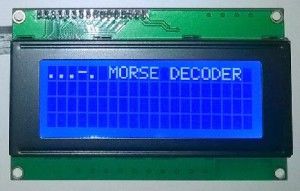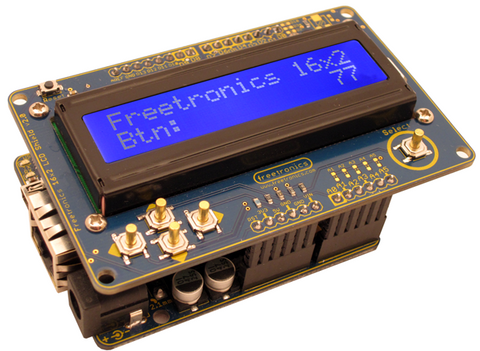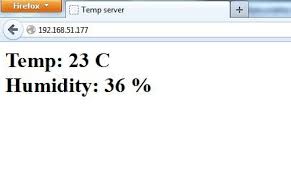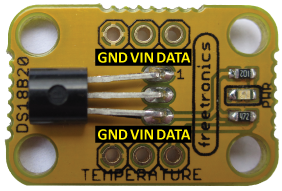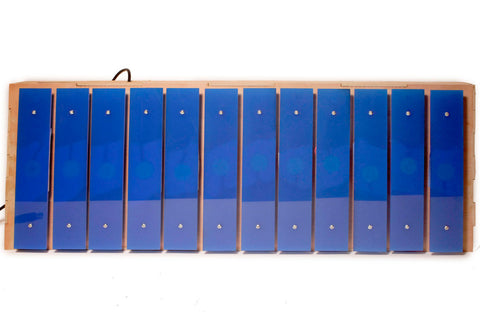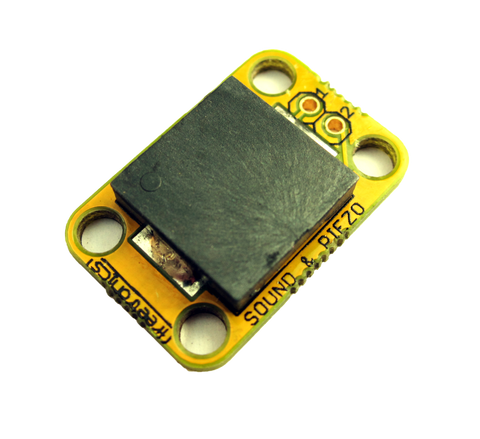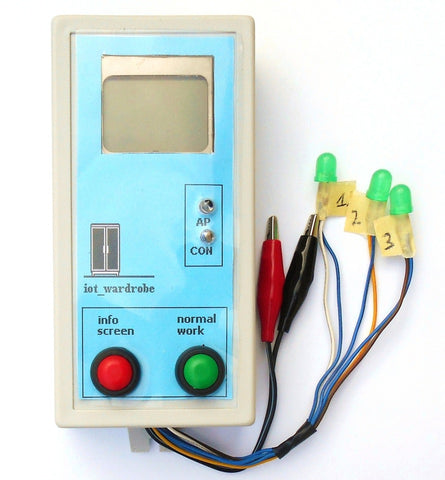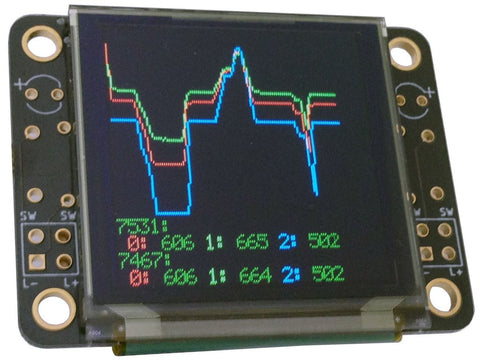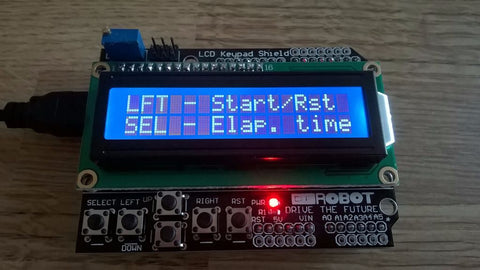One of the great things about Arduino is the ability to expand your board using shields. Shields are boards which plug into your Arduino and provide all sorts of additional capabilities. Interestingly, you can even “stack” shields so that you can have lots of different combinations of added features. Whilst it might look easy to simply stack shields together, not every combination of shields can be stacked together, there are a number of complications that need to be considered. We have put together a great tutorial which explains the ins and outs of stacking Arduino shields so that you can easily get started building more advanced projects. Checkout the following link to find out more.
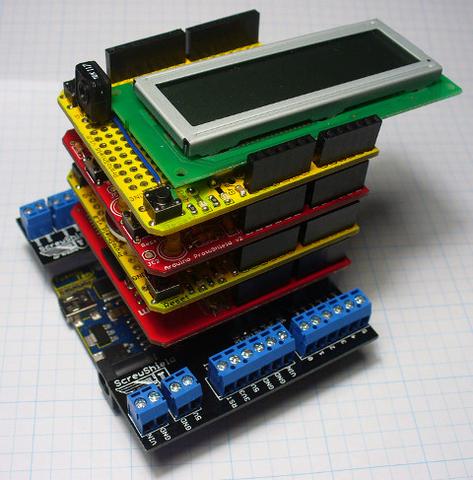
One of the many shields available from Freetronics is our Bluetooth Shield!
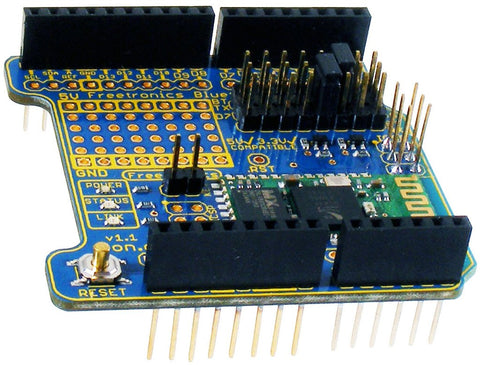
Our Bluetooth Shield plugs right in to your Arduino and lets you send and receive data and commands from your sketches. You don't even need to do anything fancy in your sketches, because the Bluetooth link acts as a serial port: you just pair it with your computer, then you can simply use "Serial.read()" and "Serial.write()" as normal! The bluetooth shield can operate as a Bluetooth master or slave and is packed full of useful features. To find out more check out the Freetronics Bluetooth Shield product page.
What did you think of this weeks Skill Sunday? Let us know in the comments section below or on Facebook and Twitter.







